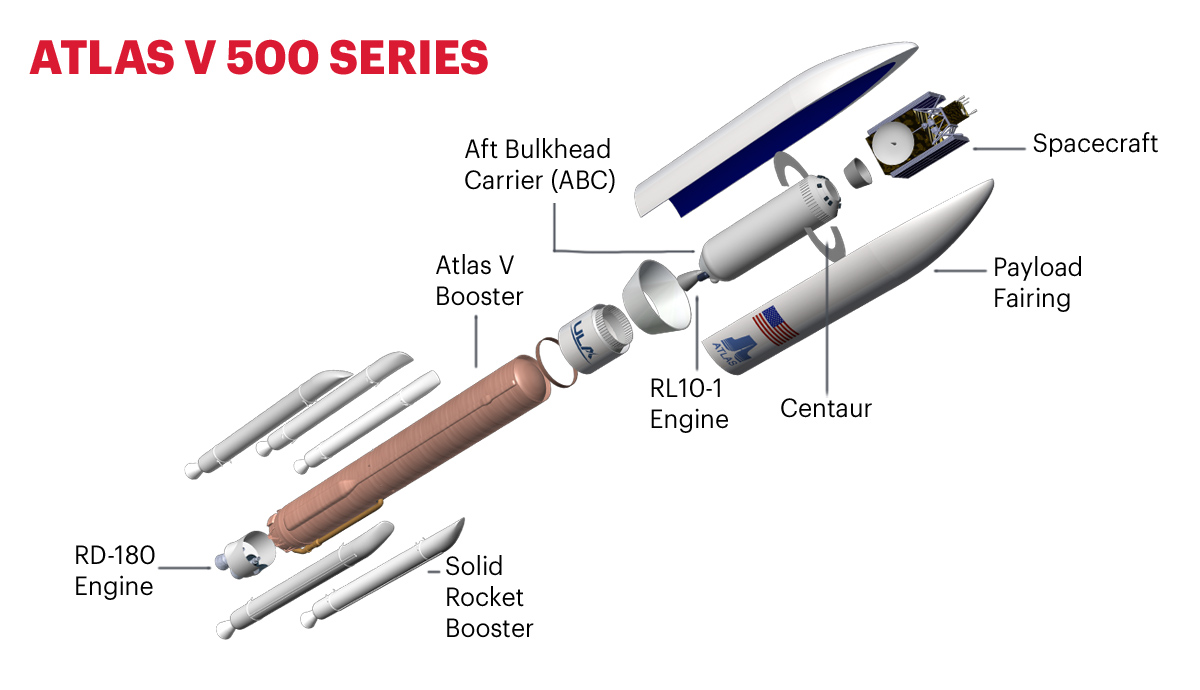RocketLabs announced info about the new Neutron booster.
Many interesting aspects summarized as:
- The landing legs do not deploy, but are permanently mounted around a relatively wide rocket base.
- The fairings never release. They open like a clamshell to allow the upper stage and payload to exit as a unit, and then close and return with the first stage.
- The rocket body will be made from carbon fiber, which Beck claims Rocket Lab can manufacture fast.
- The first stage will always return to the launch site rather than land on a barge in the ocean.
- The rocket’s engine, dubbed Archimedes, is expected to do first static tests in ’22.
Summary taken from Behind The Black
The question I have, resolves around the fairing and the second stage. It seems they will encapsulate the entire second stage + payload inside the fairing.
This seems to be unique in rocketry to me. Are there examples of any other boosters that take this approach? Of appreciable size, I think, to limit it. Lets not include some micro sat launcher please.
